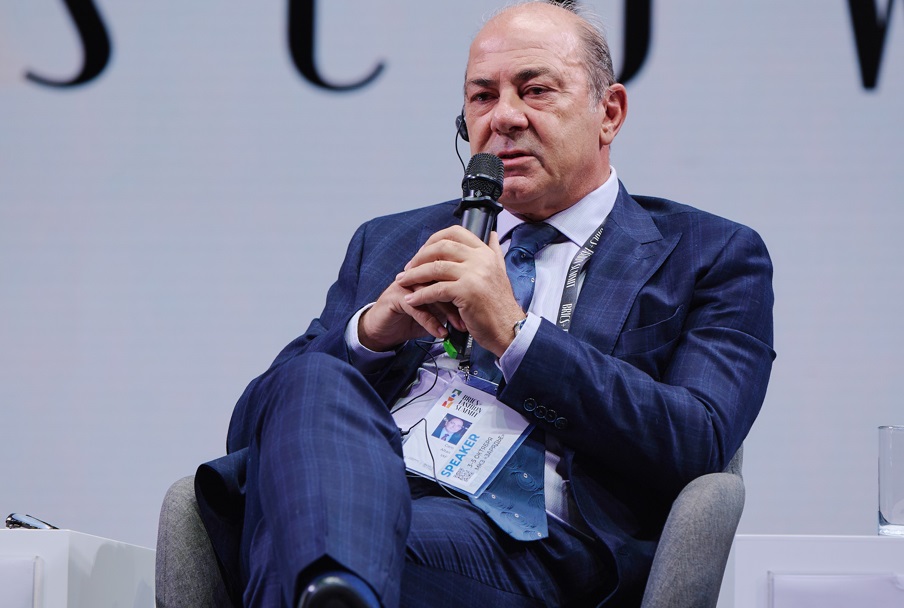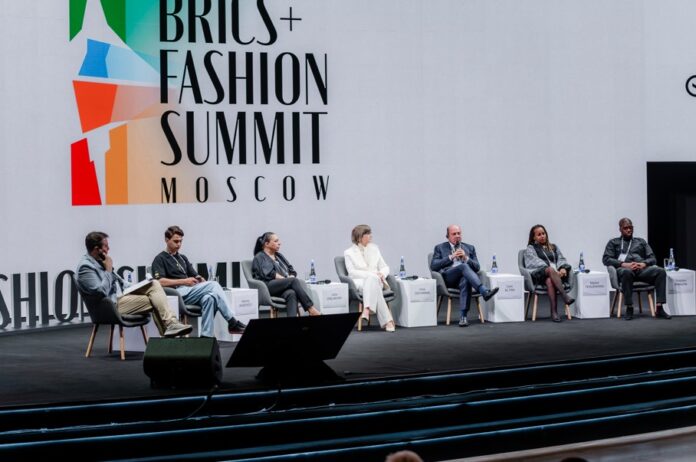Faced with rising costs, plummeting sales, and regulatory gaps, the European fashion industry is plagued by a great number of challenges. Elsewhere in the world, however, developing economies are flourishing in this area. The recent BRICS+ Fashion Summit showed that by facilitating cooperative relationships between these regions and developing their existing fashion legislation, it may be possible to increase their abilities and access to resources. In this article, Cem Altan, President of the Netherlands-based International Apparel Federation, discusses these ideas.
Acting as host to this year’s BRICS+ Fashion Summit, which ran from October 3-5, and following fashion week, Moscow has come under the global fashion spotlight somewhat in recent days. Over 250 fashion labels from many different countries came together during these events, exchanging ideas and showcasing their innovation and creativity. As such, it provided participants with the chance to gain new ideas, thereby generating new business possibilities for all.
BRICS+ and other countries, participated in the Summit in Moscow, make up over a half of the planet and are home to around 75% of the global population. Additionally, these developing markets are witnessing a steady increase in the number of higher-income middle-class households. As a result, the fashion and textile industries within these countries are expected to grow very quickly, which will allow emerging economies to play a larger role in global markets.
China has long been at the forefront of the fashion scene, of course, but other emerging economies are beginning to catch up. For example, India has established itself as a crucially important hub for textile and clothing manufacturing, while on the other side of the globe, Brazil’s fashion scene is also booming, in part thanks to an increase in the number of Brazilian textile companies. In Eurasia, a rising number of fashion designers in Russia has ushered in an era of new luxury brands, while the African market has welcomed South Africa as an emerging key player. No matter where in the world you look, it seems that the textile design and garment manufacturing world is undergoing massive growth.
With that being said, there are still numerous challenges to be addressed before these economies can reach their full potential — the implementation of appropriate legislation, for example. Many BRICS+ countries have made a lot of progress when it comes to ethical fashion, and some still use unsustainable manufacturing processes and unethical sourcing, particularly of materials like cotton. To have any hope of becoming globally recognized labels, brands must first ensure they comply with relevant international regulations and guidelines in these areas. BRICS+ governments will play an important part in such change by establishing more rigorous regulatory processes and pressuring designers and manufacturers to adopt ethical practices.
If developing economies can address these issues while continuing to demonstrate both economic and population growth, there is every reason to believe they will be able to attract global retailers. At the moment, these retailers are mostly focused on the mass markets found in Europe, North America, and the UK. Therefore, targeting such markets is yet another way fashion brands in BRICS+ countries will be able to increase their global appeal.

“My home country of Turkey is another major player in the world of fashion and textile design, having enjoyed various long business relationships with the industry,” – says Cem Altan, President of the International Apparel Federation. – “At the moment, Turkey is not a member of BRICS+ — but if this were to change, we would be able to introduce our labels to nations like China, India, South Africa, and beyond. This is demonstrated by our success in the Russian market.
Currently, there are many promising high-fashion designers emerging in Russia who I believe would enjoy a number of excellent opportunities here in Turkey. Such collaboration is at the heart of the BRICS+ fashion philosophy and promises to pave the way to a prosperous future within the design and textiles industry.”
All the photos in the article are provided by the company(s) mentioned in the article and are used with permission.
Disclaimer: This article contains sponsored marketing content. It is intended for promotional purposes and should not be considered as an endorsement or recommendation by our website. Readers are encouraged to conduct their own research and exercise their own judgment before making any decisions based on the information provided in this article.




































